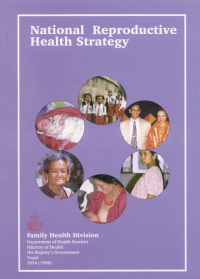The government of Nepal recognizes its responsibility of tuberculosis control by increasing the availability of quality access to health care among the people and community. National Strategic Plan (NSP) is an effort that aims to fulfill this responsibility. This Strategic Plan attempts to incorporate the sentiments of the Constitution of Nepal, the current health policies, international commitments to the tuberculosis control activities as well as the rights of the people and community affected by tuberculosis. The implementation of this strategy will involve the tuberculosis control program under central, federal and local context, strengthening the health services agencies at all levels as envisioned by the Constitution of Nepal thus increasing the access to tuberculosis diagnosis and treatment services.
National Tuberculosis Control Program (NTP) has set an ambitious goal of eliminating tuberculosis by 2050. The NSP has been developed to achieve the targets of reducing tuberculosis incidence by 20% by 2021 in comparison to 2015 and identifying additional new 20000 patients with tuberculosis. When compared with the WHO estimation of annual case burden and the annual caseload registered under the NTP, it becomes clear that still, around 10000 patients with tuberculosis are out of reach of the program every year. The principal challenge of the NTP is, therefore, to identify these patients timely and bring within NTP treatment framework.

